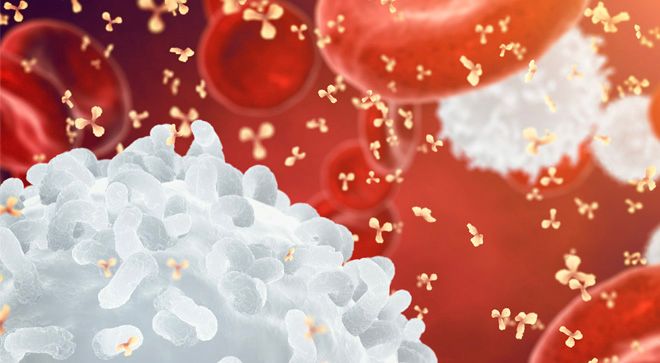Article
Expert Advises Genetic Profiling in MCL Can Be a Useful Tool in Treating The Disease
Author(s):
“We learned from previous prospective studies (that) using chemoimmunotherapy for those patients with TP53 aberrations, the survival data compared with others that do not harbor this mutation are much less favorable,” said Dr. Jia Ruan.
Understanding the genetic mutational profile of patients with mantle cell lymphoma (MCL) can be a useful risk-stratification tool in helping to best identify appropriate treatment options, according to Dr. Jia Ruan.
In a recent interview with CURE®’s sister publication, OncLive®, Ruan, of Weill Cornell Medicine, discussed what characteristics make up aggressive forms of MCL, as well as how those characteristics play a role in treating the disease.
CURE: What are some of the features that are characteristic of aggressive MCL, and the current prognosis for those patients?
Jia Ruan: One that is quite important is a genetic mutation profile. We pay a lot of attention to a genetic aberration called P53. It could come as mutations; it could come as deletions. Generally speaking, we group them together as an aberration, but we do know that mutation weighs more heavily in the outcome prediction. And we learned from previous prospective studies (that) using chemoimmunotherapy for those patients with TP53 aberrations, the survival data compared with others that do not harbor this mutation are much less favorable.
We're talking about overall survival less than two years compared with others, which could be more than a decade. That makes a huge difference, right? It doesn't mean that we won't offer chemoimmunotherapy, but we think very actively from the (beginning). What are the backup options for those patients should they not respond to chemoimmunotherapy or relapse early on? Should we be thinking about more smart medicine with targeted therapy that could be incorporated in the initial therapy of those patient cohorts?
Considering all the treatment options that are currently available, what does the current risk stratification paradigm look like?
The treatment, or management, decisions would have to factor into the mantle cell lymphoma disease feature, which are objective features that are reflected on by clinical parameters, such as mutational profile and morphological features that let us know whether it's going to be a conventional form of mantle cell lymphoma vs. those that are quite aggressive and generally have high resistance or a very short duration with even high-intensity chemotherapy.
One could also think about (the) objective of the patients who actually harbor the disease. (For instance), what is their preference? Is it a short-defined duration of chemoimmunotherapy as tolerated, which certainly we can dial up the intensity with high dose cytarabine vs. autologous stem cell transplant and maintenance treatment vs. outpatient-based chemoimmunotherapy with maintenance vs. options that they can take pills at home with less frequent acute medical care?
I think all of those become factors, and I think that the decisions would be made easier if we actually have data to compare what the efficacy (and) side effect/outcome data (are), comparing chemoimmunotherapy vs. novel agents in combination or introducing novel agents into chemotherapy, can we lengthen their intensity or shorten the duration? And what are the biomarkers that can help us make those determinations? Could this be something like a minimal residual disease measurement, or can we base our choice of treatment intensity or duration based on the response assessment, not only on conventional imaging studies, clinical parameter, but also novel biomarkers, which can detect a good response earlier, or a potential relapse also much earlier.
What is your take-home message when reviewing state-of-the-art treatment options for patients with aggressive MCL?
When we evaluate patients with mantle cell lymphoma, we have to apply the most up to date precision medicine method, if possible, looking at not only pathology diagnosis, but also features that help us to determine the risk category, whether it's an aggressive form vs. a conventional form where people can watch and wait a little bit and apply the sequencing data or cytogenetic efficient analysis and incorporating fairly simple immunohistochemical markers such as KI-67.
I think we do that quite routinely in our academic practice. And then I think to have a very comprehensive discussion with patients regarding treatment options, both from a conventional chemoimmunotherapy-based treatment vs. experimentation with clinical trials, which there are plenty of options that introduce novel agency in the frontline setting. Participation in clinical trials is really instrumental in pushing the envelope and ... it's beneficial for all parties involved if adequate consideration can be put into a very, very well-designed clinical trial.




